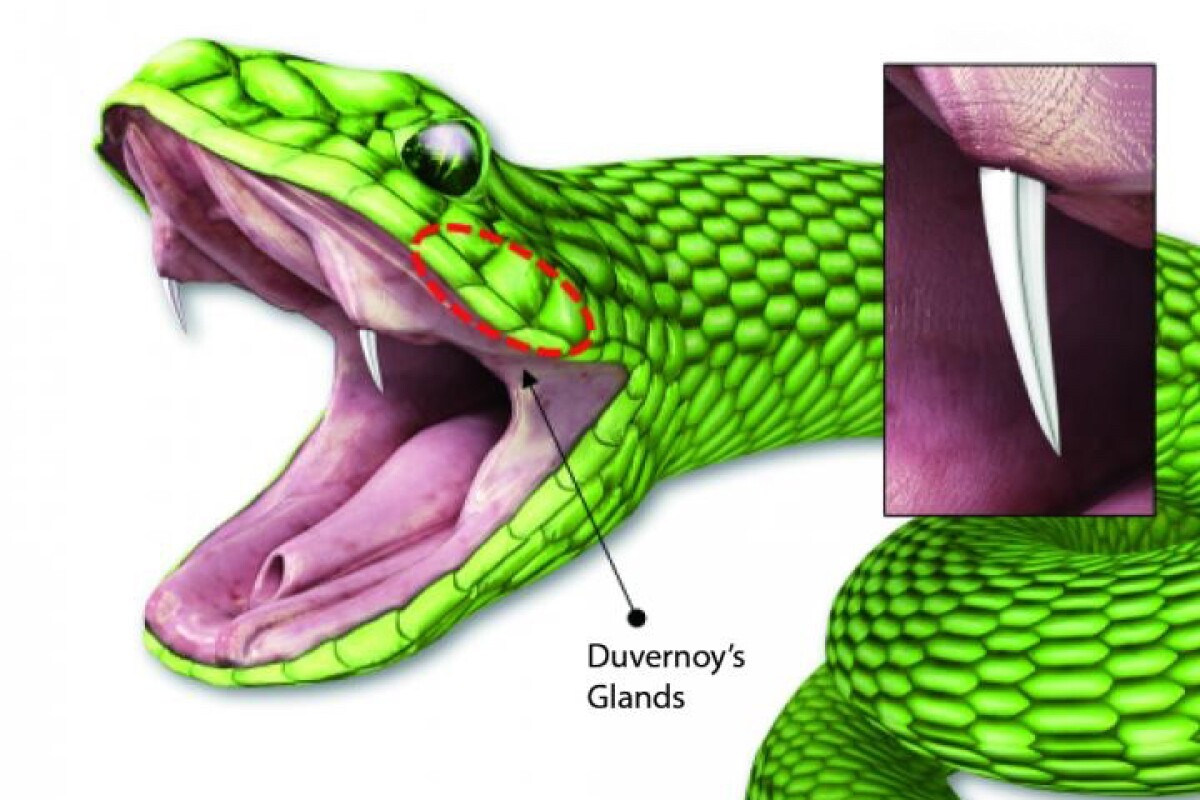For several years now, we've been hearing about "microneedle patches" that deliver medication less painfully and more safely than hypodermic needles. A new take on the technology may allow them to work even better, by copying the structure of venomous snakes' fangs.
Most existing patches incorporate an array of tiny needles on their underside, those needles being made of a biocompatible water-soluble polymer that's loaded with a given type of medication. When the patch is pressed against the skin, the needles penetrate its outer layer. They subsequently dissolve, releasing the medication into the bloodstream.
Not only is the procedure painless, but it also poses less risk of infection than hypodermic injections, plus it produces no hazardous "sharps" waste. Additionally, because the medication is typically freeze-dried or otherwise non-liquid, the patches remain effective even after being stored at room temperature for relatively long periods of time.
That said, freeze-drying the medication can be a time-consuming and complex process, plus many medications are more effective in a liquid state. Given that fact, scientists from several Korean research institutes (along with the University of Connecticut) looked to the venom-delivery system utilized by rear-fanged snakes. As opposed to the hollow fangs of front-fanged snakes, the fangs of these reptiles have an open groove along their exterior, through which venom rapidly flows via capillary action.
The scientists copied this structure in a new type of patch, that incorporates fang-inspired microneedles combined with microchannels filled with liquid medication. Each needle has up to six grooves along its surface, which naturally draw the medication out of the channels when gentle thumb-pressure is applied to the back of the patch.

In tests on mice and guinea pigs, the patches were successfully used to deliver lidocaine or an inactivated influenza virus through the skin – they did so in less than 15 seconds. This produced an immune response, which protected the animals from what would otherwise have been lethal doses of the influenza virus.
The scientists state that experiments on larger animals (including humans) are necessary before clinical trials can begin.
A paper on the research was published this week in the journal Science Translational Medicine.
Source: American Association for the Advancement of Science via EurekAlert





